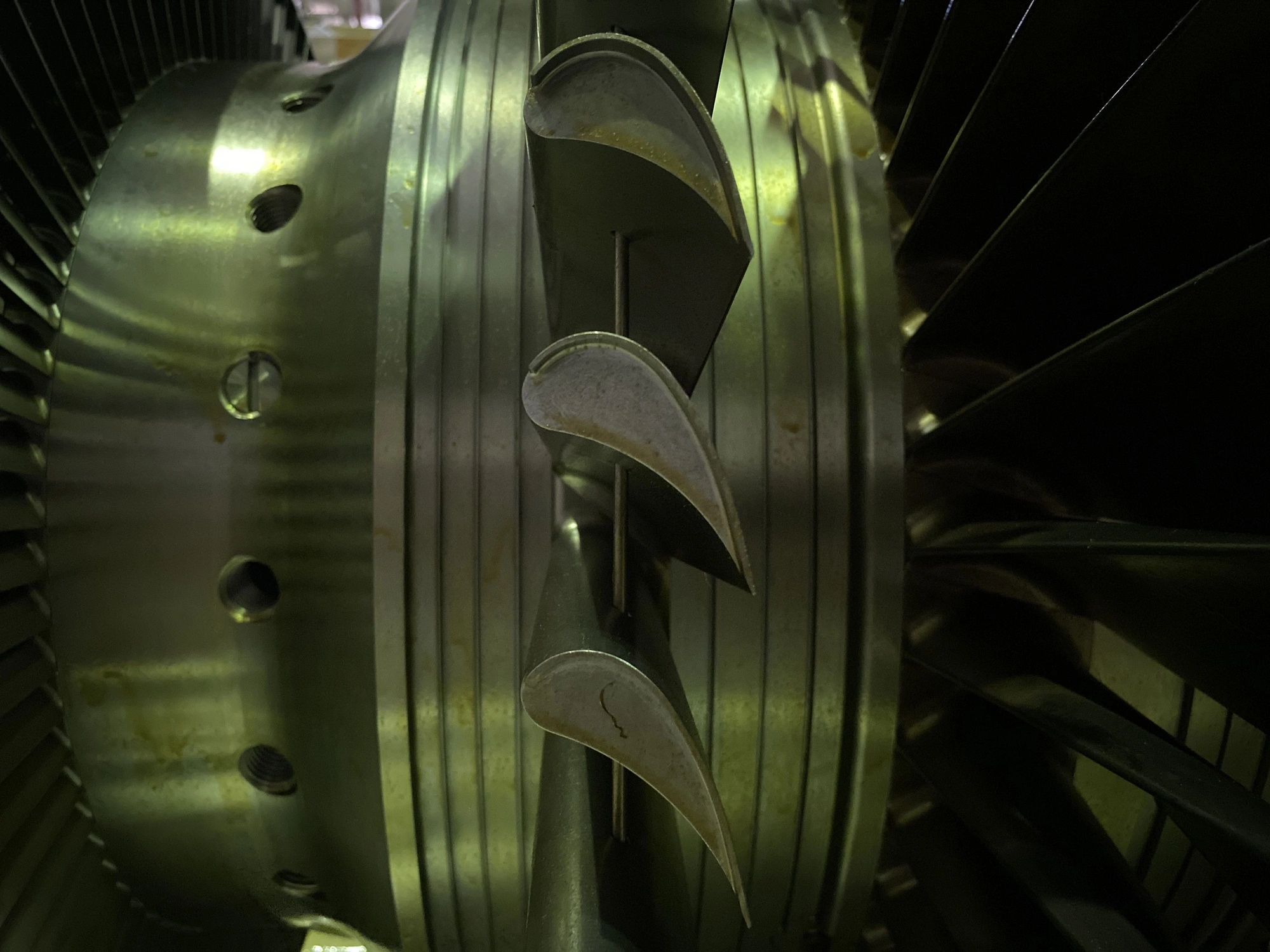

Electron Beam Melting and Refining (EBMR) stands as a critical technology for the processing and purification of refractory metals, including Hafnium (Hf). This technique is particularly relevant for improving the quality of Hafnium, potentially sourced from recycling streams or initial production, by effectively removing undesirable impurities.
The high purity Hafnium resulting from EBMR is essential for demanding, state-of-the-art applications across diverse sectors such as micro- and nanoelectronics, medicine, metallurgy, the nuclear power industry, and space research. The core objective of applying EBMR to Hafnium is, therefore, the significant reduction of contaminants to meet stringent quality requirements.
The EBMR process for Hafnium, as described in the provided research, takes place within a specialized apparatus under high vacuum conditions. A typical setup, like the 60 kW ELIT-60 unit mentioned, utilizes one or more electron guns to generate intense beams of electrons. The starting Hafnium material, often in the form of compacted chips or a rod, is introduced into the vacuum chamber, which is maintained at a low working pressure, typically between 5x10⁻³ and 8x10⁻³ Pascals, to facilitate evaporation processes and prevent contamination.
The electron beam is precisely directed onto the Hafnium feedstock. The immense energy deposited by the beam rapidly heats the material, causing it to melt. In the described drip melting configuration, a thin layer of molten metal forms on the front surface of the feeding Hf material. As more material melts, droplets are generated and fall into a water-cooled copper crucible positioned below.
This crucible often features a moving bottom or pulling mechanism to allow for the continuous formation of a solidified, refined Hafnium ingot. During this process, the surface temperature of the molten Hafnium in the crucible reaches very high levels, measured in the range of 2500 to 2900 Kelvin, which is crucial for the refining mechanisms. The entire sequence melting, dripping, and resolidification occurs under vacuum, minimizing re-contamination.
The purification of Hafnium via EBMR is governed by complex physical and physicochemical processes occurring primarily at the interfaces between the liquid metal and the vacuum environment. These interfaces exist in three main reaction zones: the molten front part of the feeding material, the surface of the flying droplets, and the surface of the molten pool within the crucible. The high temperatures and low pressures drive impurity removal through several key mechanisms based on thermodynamic principles.
A primary mechanism is degassing, which involves the evaporation of impurities that possess a significantly higher vapor pressure than the base metal, Hafnium, at the operating temperatures. The provided data indicates that common metallic impurities such as Aluminum (Al), Tin (Sn), Iron (Fe), and Nickel (Ni) exhibit vapor pressures several orders of magnitude higher than Hafnium in the 2500-2900 K range. Consequently, these elements preferentially evaporate from the molten Hafnium surface and are removed by the vacuum system.
Oxygen removal is another critical aspect. Oxygen can exist dissolved within the metal or chemically bound as oxides (like HfO₂ or oxides of metallic impurities). Dissolved oxygen can be removed via thermal degassing if its equilibrium pressure exceeds the chamber pressure. Oxides behave differently; Hafnium oxide (HfO₂), having a higher melting point than Hf but a lower liquid density, tends to exist as solid particles that can float to the molten surface (floatation).
From the surface, oxides can potentially be removed through distillation (evaporation of oxide molecules) or thermal dissociation, where the intense heat breaks down the oxide into its constituent elements, allowing oxygen gas to be pumped away. Furthermore, certain metallic impurities like Nickel, Molybdenum, Magnesium, Aluminum, and Tin show a strong thermodynamic affinity for oxygen, potentially reacting with Hafnium oxide to release Hafnium metal and form their own oxides, thereby aiding in the deoxidation process.
Experimental results demonstrate that EBMR is an effective method for reducing the concentration of several key impurities in Hafnium. The removal efficiency for elements like Tin, Aluminum, and Molybdenum was found to depend significantly on the duration of the electron beam heating (refining time). Notably, better purification for these elements was observed when using lower electron beam powers, specifically around 12 kW in the investigated range of 12-16.8 kW.
Iron was shown to be removed efficiently, often requiring only about 2 minutes of refining time under most conditions tested. Nickel removal benefited from either higher power or a specific refining time around 2.5 minutes; extending the heating time beyond this could paradoxically lead to an enrichment of Nickel in the refined ingot.
Optimizing the process involves careful selection of parameters. A refining time of approximately 3 minutes was identified as potentially optimal for the removal of Iron, Nickel, and Molybdenum under the conditions studied. However, the process faces inherent thermodynamic limitations. Elements with physical properties very similar to Hafnium, such as Zirconium (Zr), which often occurs naturally with Hafnium, are extremely difficult to separate by evaporation-based methods like EBMR. Consequently, the concentration of Zirconium tends to increase relative to Hafnium during the process.
In conclusion, Electron Beam Melting and Refining is a viable and valuable technique for producing high-purity Hafnium, suitable for processing both primary and potentially recycled materials. It relies on high temperatures and vacuum to drive the evaporation of volatile impurities and manage oxides. While effective for many contaminants like Al, Sn, Fe, and Ni, careful control of beam power and refining time is essential for optimizing results and minimizing base metal loss. The process does, however, have limitations regarding elements with similar thermodynamic properties to Hafnium, like Zirconium.